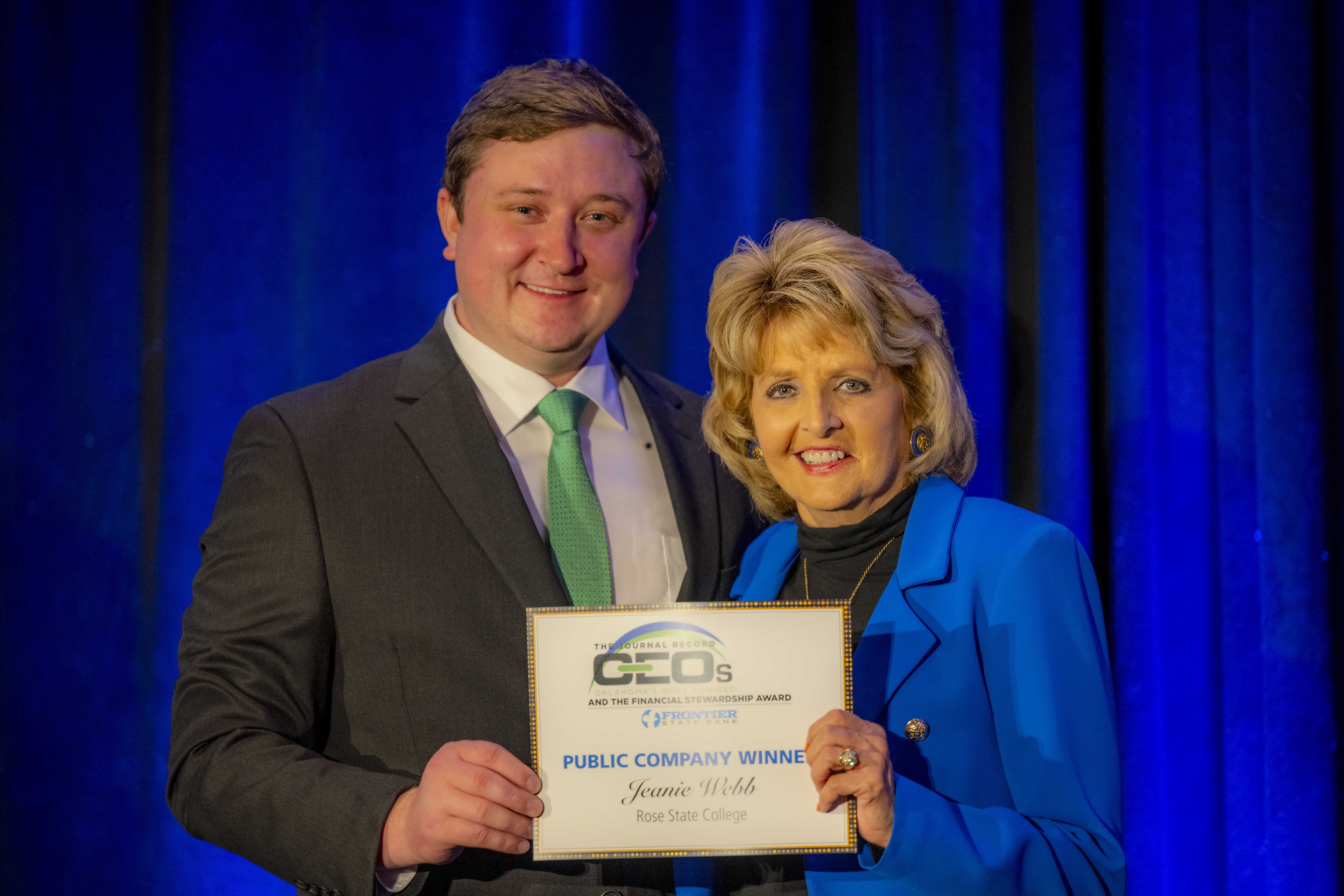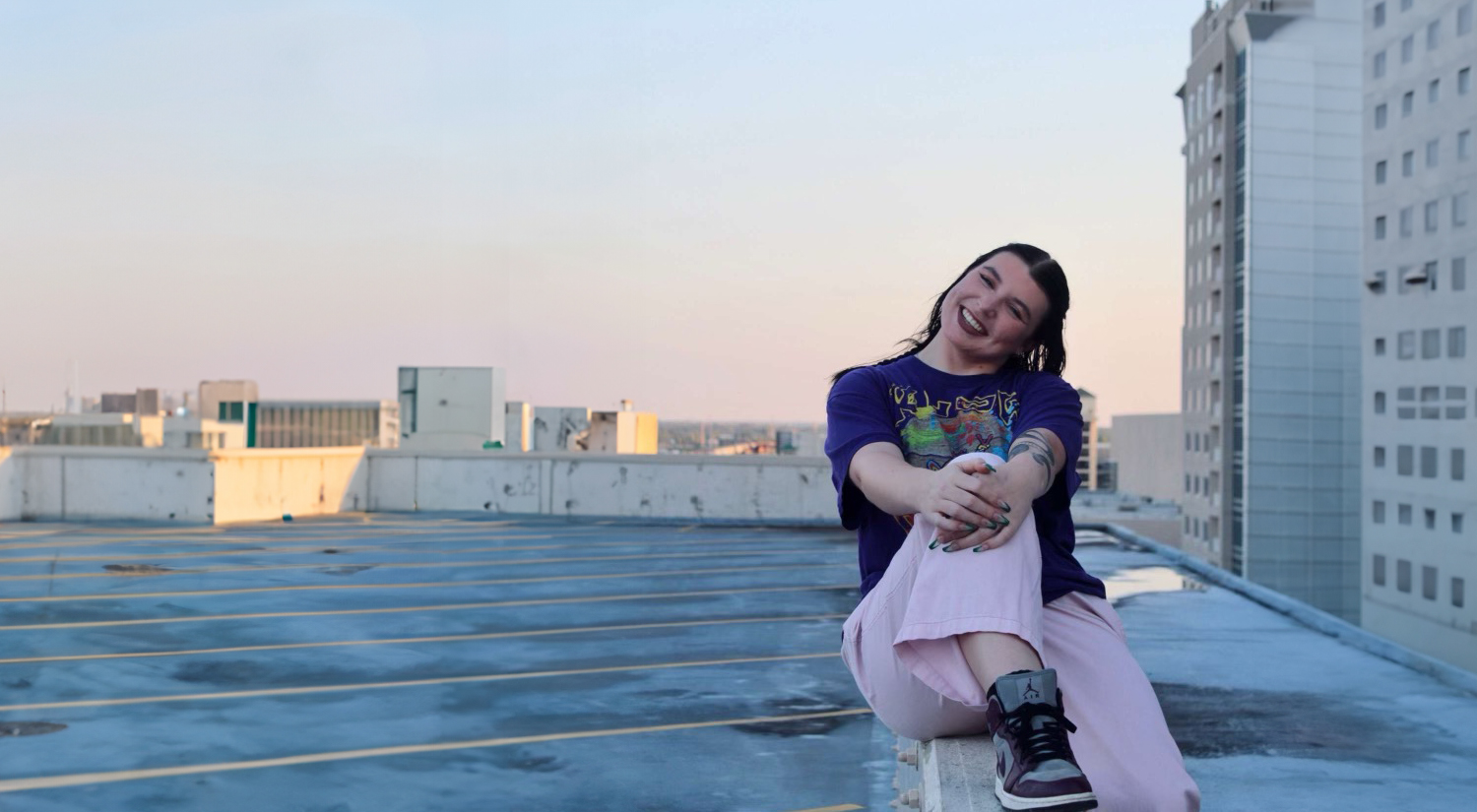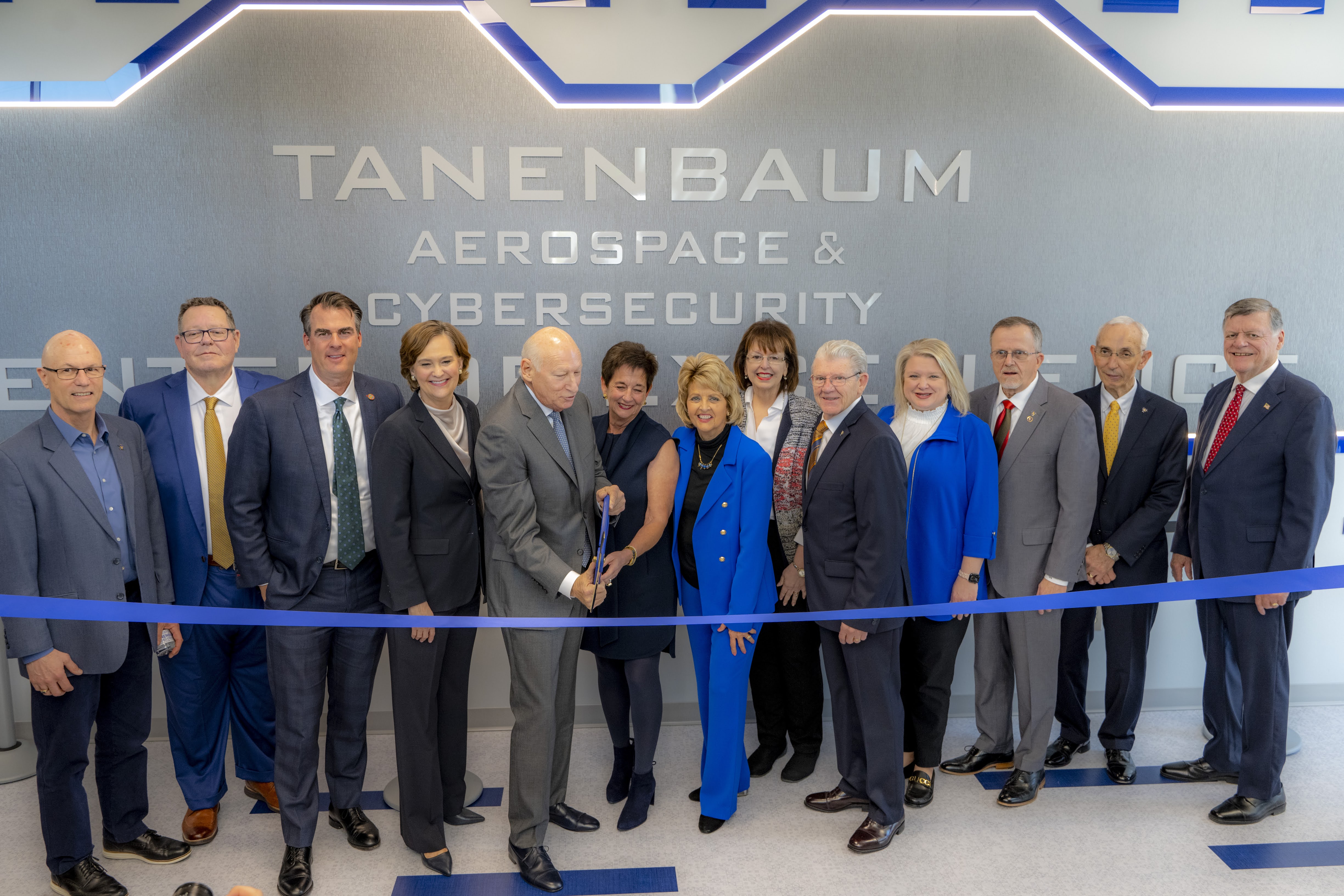Luper, Clara
Clara Luper: Civil Rights Movement in Oklahoma City
Interviewed by Francis Hudson (student interview)
Interview date: October 9, 2003
Q: The first question is when and where were you born?
A: I was born in Okfuskee County in 1923.
Q: What was the climate in Oklahoma between the races at that time?
A: Oklahoma was part of what was known as the “Solid South,” which meant that it was a segregated state and based on segregation as outlined in – by the founders of this state at the constitutional convention and the beginning – the first legislation that was passed in Oklahoma was one that discriminated. And this state was deeply riddled in discrimination.
Q: Who were some of the more important people, both in Oklahoma and nationally, that inspired you to become more actively involved in the Civil Rights Movement? That is, who were your role models?
A: My role models were the people in Hoffman, Oklahoma, who washed and scrubbed and worked for a better day for all of their people. My role models were those people that never had a chance, but dreamed of other people having chances, and I would especially like to salute the people at the Pilgrim Baptist Church in Hoffman, Oklahoma, that tried so hard.
Nationally, my role models were those blacks and whites that had fought for freedom throughout our history.
(interview was interrupted by third person briefly)
Q: When did you first decide that you wanted to get involved in the Civil Rights Movement?
A: I’ve always wanted to get involved in the Civil Rights Movement, but what has happened to me in a leadership role is that I have taken jobs that nobody else wanted.
Q: Where did your activity begin?
A: My activities began when I started reading the 14th Amendment and the implementation of that amendment as it relates to me. So I was always active in a different way. But if you’re talking about publicly, it was in 1958, after I had taken a group of young people to New York City to present the play “Brother President,” which is a non-violent play.
Q: What types of people joined you in your Civil Rights activities?
A: Mostly young people and a few dedicated senior citizens and middle-class people.
Q: What strategies did you employ to target segregation?
A: First we studied how to be non-violent. I think this was outlined by Gandhi, implemented by Dr. Martin Luther King. And we have to study non-violence. If someone hit you on one cheek, turn the other cheek – which it’s as old as the time when Jesus Christ was on earth. And then you have to be taught to be non-violent. How can you bring about a change non-violently? And this is what we were taught.
Q: Describe a typical week for you during this period.
A: A typical week for me during this period would mean that I went to bed late and got up early, telephone calls – threatening calls, getting ready to go to a church to proceed downtown to march, marching, listening to people harass me and spit on me and all that – going to jail during this period. I went to jail some 26 times, and learned a lesson every time I went.
Q: What kinds of dangerous incidents occurred? What kinds of problems did you and other protestors face during this period?
A: Well, many a morning I got up with a sack of shotgun shells on my porch. I received threatening calls. We were spit on. We were kicked. We were pushed. We were dragged. But all of these became minor issues as we looked at the total picture, which was the final elimination of segregation in public places and in other areas.
Q: Were all white people hostile to your efforts?
A: Of course not. There were a lot of white folks that were part of our effort. I can hardly remember a day when we marched downtown without whites marching with us. No, they were not all hostile. There were many that wanted to help us, but they wanted to perpetuate their way of living. They wanted – they didn’t want to make any waves with people, and that’s a good come out for black folks.
Q: Were all business owners hostile?
A: They were not hostile, but they were victims of their own training and of their own experiences. They – a lot of them would like to have opened their doors for all people, but they were afraid that that would destroy their business, which meant that whites would not come in and sit down with black folks.
Q: What was the reaction of local and state politicians to your activities?
A: Well, the politicians realized that if they had voted – or if they had marched with us, they would have lost their prestigious positions in the community. And because of that, they stayed away from us.
Q: What was the response of religious leaders in Oklahoma City?
A: It all depends on what religious leaders you are talking about. There were many religious leaders, like Reverend W. B. Parker, Reverend Donald Gates, Reverend John Hindbrick, and others that marched along with us. But there were others that prayed for us and supported us financially, which is very, very important and we just dreamed of a better day. But there were many that did not want to be associated with us.
Q: Were other African American supportive of the efforts, or did you also encounter problems within the black community?
A: We had problems within the black community because there were many people that believed that we should not be working on public accommodations, we should be working in housing. And when we started marching for housing, they believed that we should deal with employment – with employment. You have always – you have never had in America 100 percent participation in any movement because, those of you that have studied history, you know what happened at the Hartford Convention when there were many people who were against the way the United States was moving.
Q: What types of successes did you achieve early in the movement?
A: Well, our early success was the fact that we could be non-violent. That was a great plus. The next success – it gave people that had never had an opportunity to stand up for something, to stand up. Our next achievement, the doors were opening to all people.
Q: What kinds of set-backs occurred early in the movement?
A: Our setbacks occurred because we did not have a media to tell our story. Now, most of the time people didn’t realize that we had had 15 months of negotiations before the sit-ins started. And so a lot of people believed that we did just like popcorn – just popped up, which is not true.
Q: How did the police act to the demonstrations?
A: The police were men who were on a job and they had a job to do, and their job was to keep us out of restaurants. Their job was to take us to jail and they did it professionally.
Q: How did the various media, such as television, radio and newspaper, either help or hinder the Civil Rights Movement in Oklahoma City?
A: They helped us because they showed people what was happening, because there were many people that didn’t realize that blacks couldn’t eat in Oklahoma City. There were many people who didn’t realize that you had a bunch of black people that believed in non-violence and could take some of the violent attacks on us. There were many people that we strengthened their Christianity because we believed that love outweighs hate.
Q: How long did the protests last in Oklahoma City?
A: From 1958 to 1964.
Q: What did you feel were your biggest challenges during this time? How did you confront those challenges, and what kept you getting up each day and going back to the front lines?
A: In the first place, my biggest challenge, I think, was within myself – to believe that I could continue in spite of conditions. My biggest challenge that I could continue without knowing where our next dollar was coming from. And the main challenge and the main satisfaction was knowing that someday we’d be able to do what my father, who was a veteran in World War I, was not able to do, and that was to enjoy the privileges of first class citizenship.
Q: Personally, what do you consider to be the greatest rewards as a result of your involvement in the Civil Rights Movement? We might have just heard that, but . . .
A: My greatest reward was the satisfaction that I used the little time that I had to call my country’s attention to the injustices that existed for my people.
Q: What positive changes occurred since that time?
A: Since that time I’ve seen blacks in all occupations. I’ve seen then at City Hall. I’ve seen black and white policemen running together. I’ve seen a black police chief. I’ve seen blacks living all over this county – in Nichols Hills – and probably the greatest achievement I’ve seen is my mother used to be a maid out in Nichols Hills, and my daughter owns a building out there – one of the greatest Allstate Insurance Agents in this nation.
Q: Were you afraid for yourself and your family?
A: Well, I don’t know fear, because in the first place, what do I have to lose? What am I afraid of? I worshipped a God that would take of me and this I definitely believe.
Q: What work remains to be done in Oklahoma in your view?
A: I’ve just completed, last night, a telephone conference with people from Arkansas, Louisiana, Texas, New Mexico, and Oklahoma, and we were discussing our main problem is that only 48% of our people are voting. Our greatest challenge, then, is to get out and register people and after we register them, be sure that they get out and vote. That’s the biggest challenge, because you – the quickest way to freedom is by way of the ballot box. And once you understand that everything that we do depends on the attitude of our leaders – the local leaders, the state leaders, and the national leaders – I mean if we are in that process – we can change things.
Q: OK. I want to thank you very much.
A: Thank you so very kindly.



